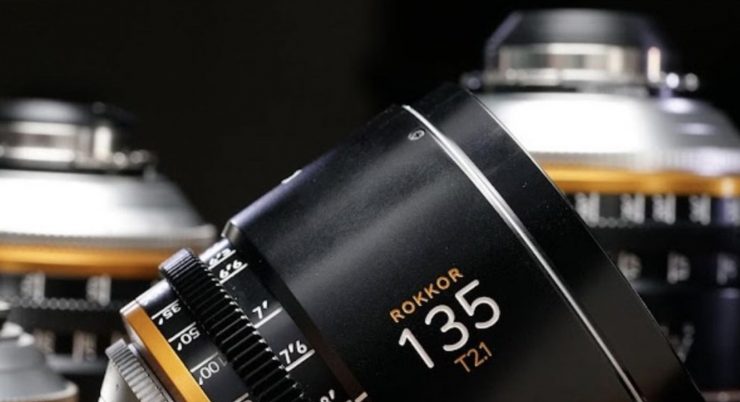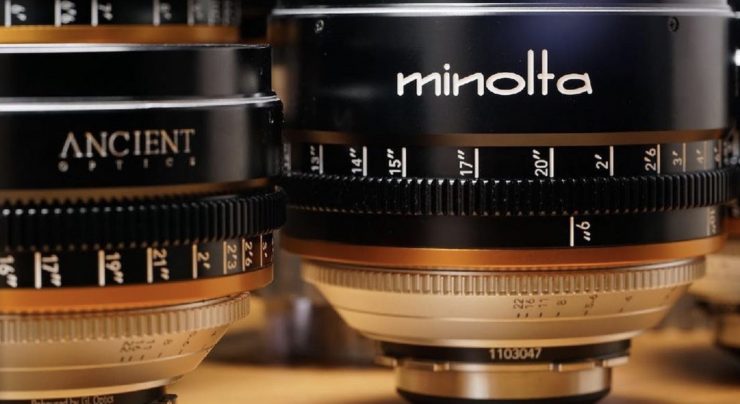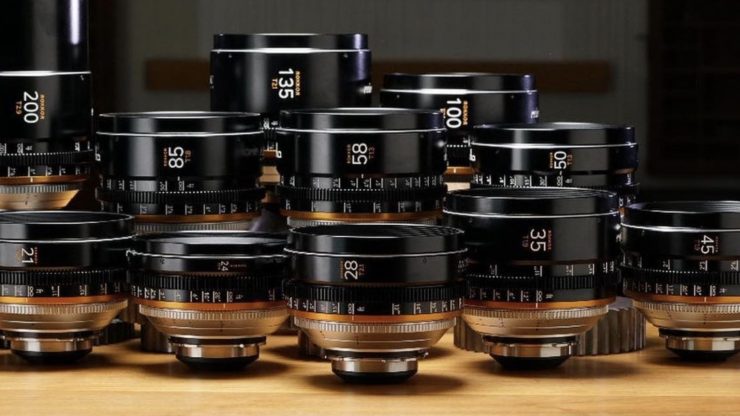
Ancient Optics has announced the MINOLTA ROKKOR Cine Primes. These are classic vintage lenses from the 60s and 70s that have been rehoused by GL Optics
The MINOLTA ROKKOR cine primes are being touted as an option to the now very expensive Canon K35 lenses that were introduced back in the 1970s. While a lot of cinematographers love the K35 look, with the lenses now fetching ridiculous prices and their lack of availability, there is certainly a need for alternatives.
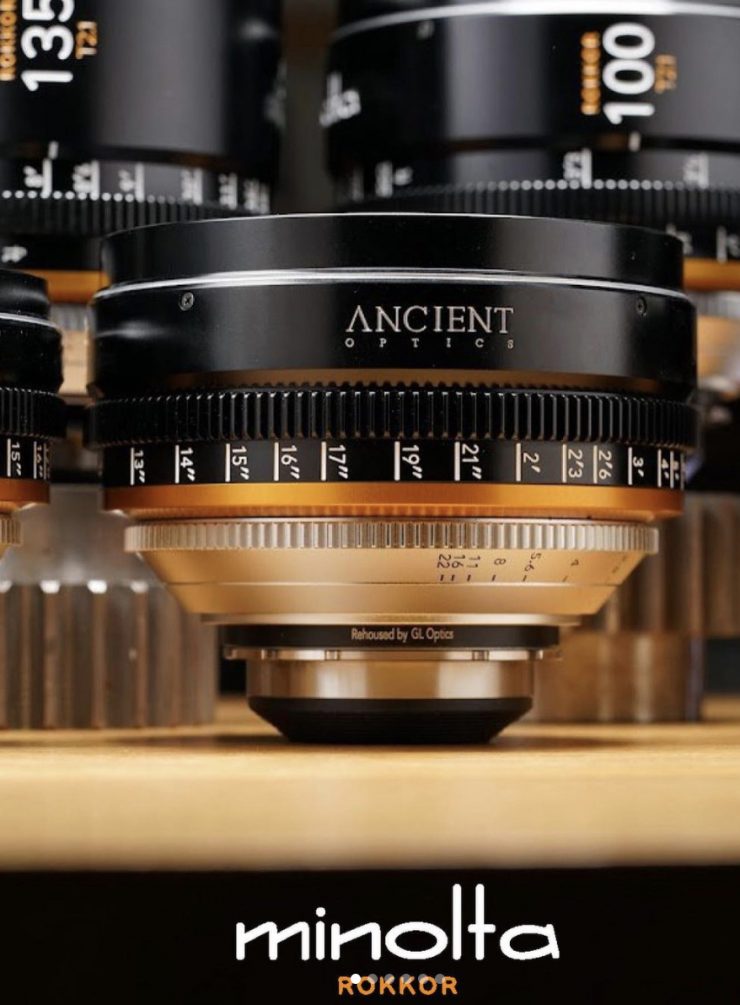
According to Ancient Optics, the MINOLTA ROKKOR cine primes are capable of proving a very similar look when used on today’s modern digital cinema cameras.

Back in the 60s and 70s, the ROKKOR line was one of the most complete sets of lenses on the market, with a wide variety of focal lengths available. GL Optics has searched for some of the best examples that are still available and re-housed them.
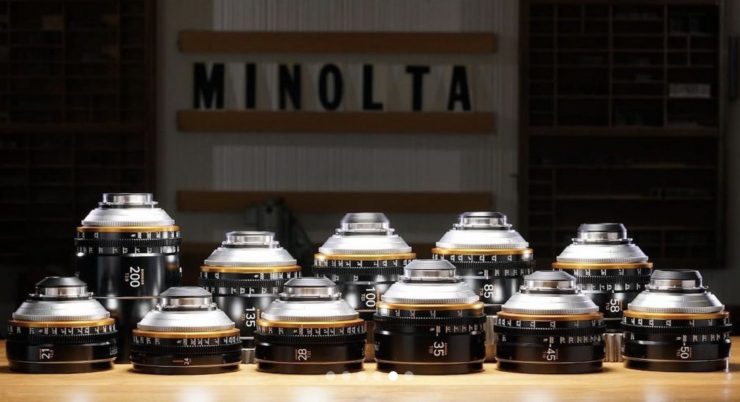
The initial batch of MINOLTA ROKKOR cine primes will be offered in a set of 11 lenses with focal lengths ranging from 21-200mm. An ultra-wide and a macro lens will be added to the set in the future.
Like many other manufacturers, Minolta employed a separate name for its lenses, in this case, the name “Rokkor” was chosen by Minolta founder, Kazuo Tashima, as a reference to Mount Rokko in Japan, which is adjacent to the Minolta Factory. Minolta, which was eventually bought by Sony, made some outstanding glass back in the 60s and 70s. Minolta was making its own glass elements and coatings which wasn’t that common back in the day.
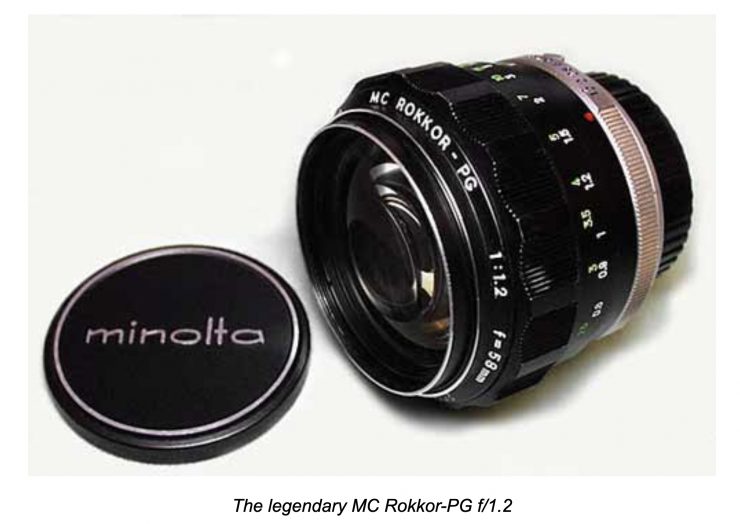
The 21mm f2.8, 58mm f1.2, and 85mm f1.7 are still very popular with photographers even today. The most sort after of all the lenses is the 135mm f2.
The quality of the coatings on these early Rokkor was not as good as those on later MC and MD lenses, and in some cases, radioactive compounds of thorium and lanthanum were added to the glass mixture to increase the refractive index. This is apparent in some of the faster lenses such as the 58mm f/1.2 and 85mm f/1.7, where some early versions that included this glass have had their radioactive ingredients progressively decay, discoloring the glass, and giving the images taken with the affected lenses a very warm cast.
The coating materials on the early MC lenses comprised magnesium fluoride, plus other ingredients, and the actual coatings were double coated in a process Minolta called Achromatic Coating, giving superior color rendition and light transmission when compared to competing manufacturers. While not as effective as the newer coatings progressively introduced on later lenses. Coatings on the MC 2nd and 3rd generation lenses are generally better than those on the earlier 1st generation lenses.
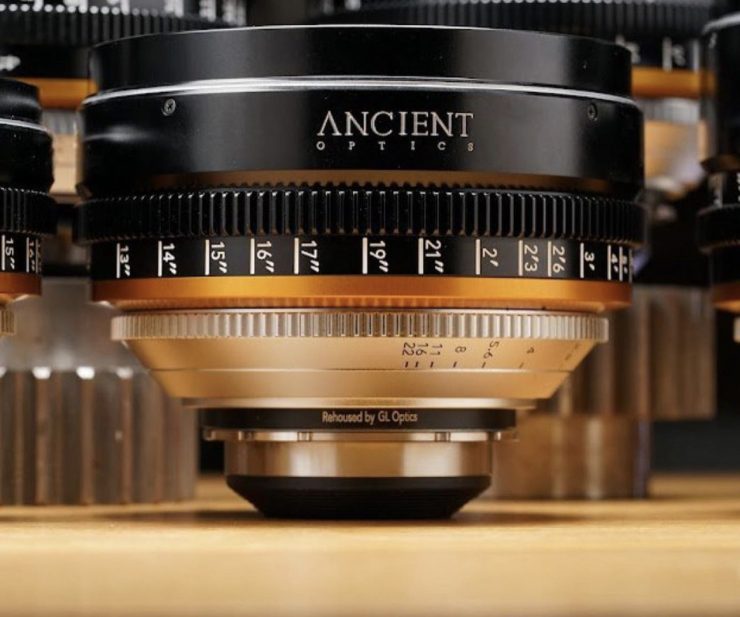
These legendary optics are for sale in very limited numbers. If you are a rental house located outside Los Angeles, you can contact Ancient Optics for pricing and delivery schedule.

